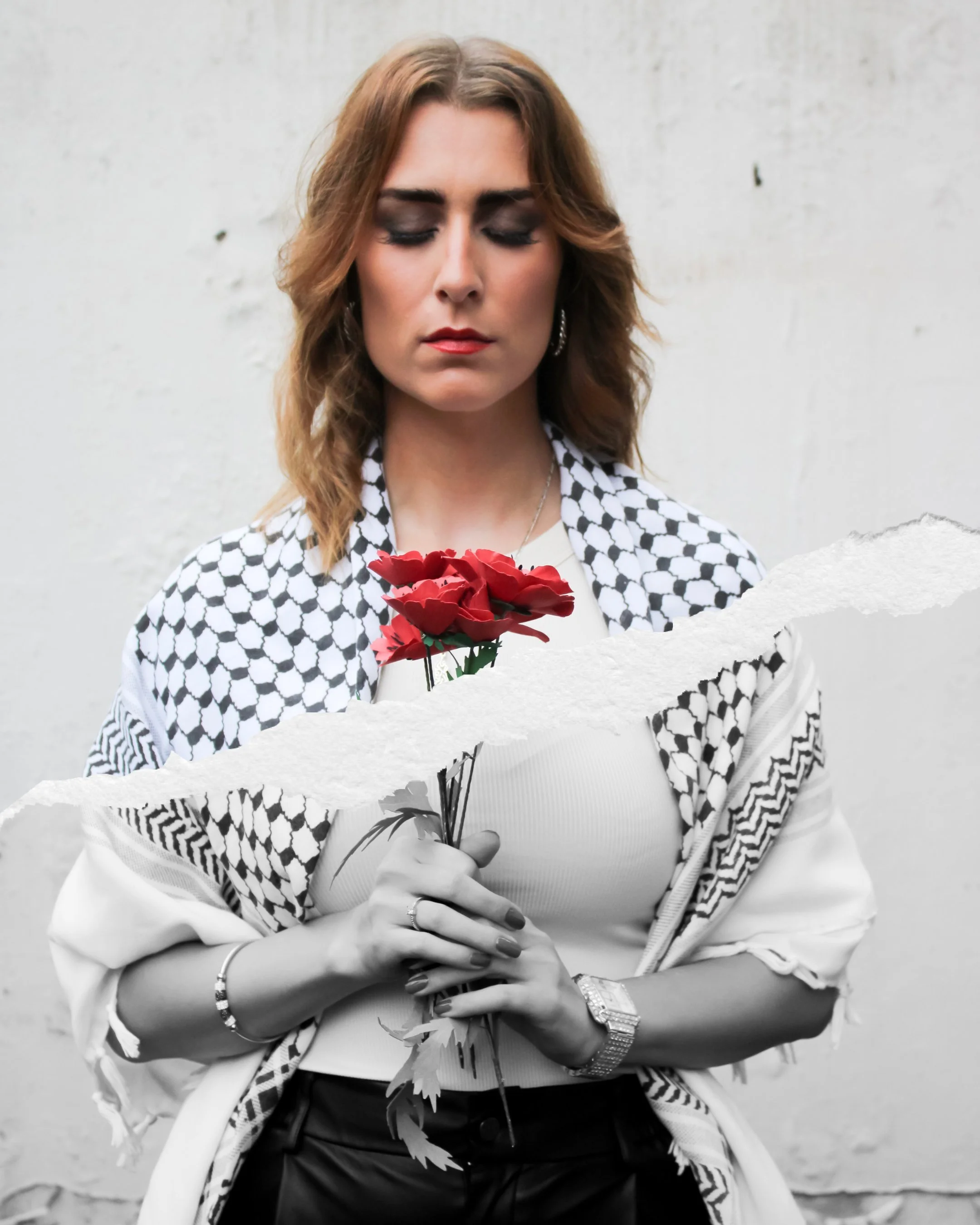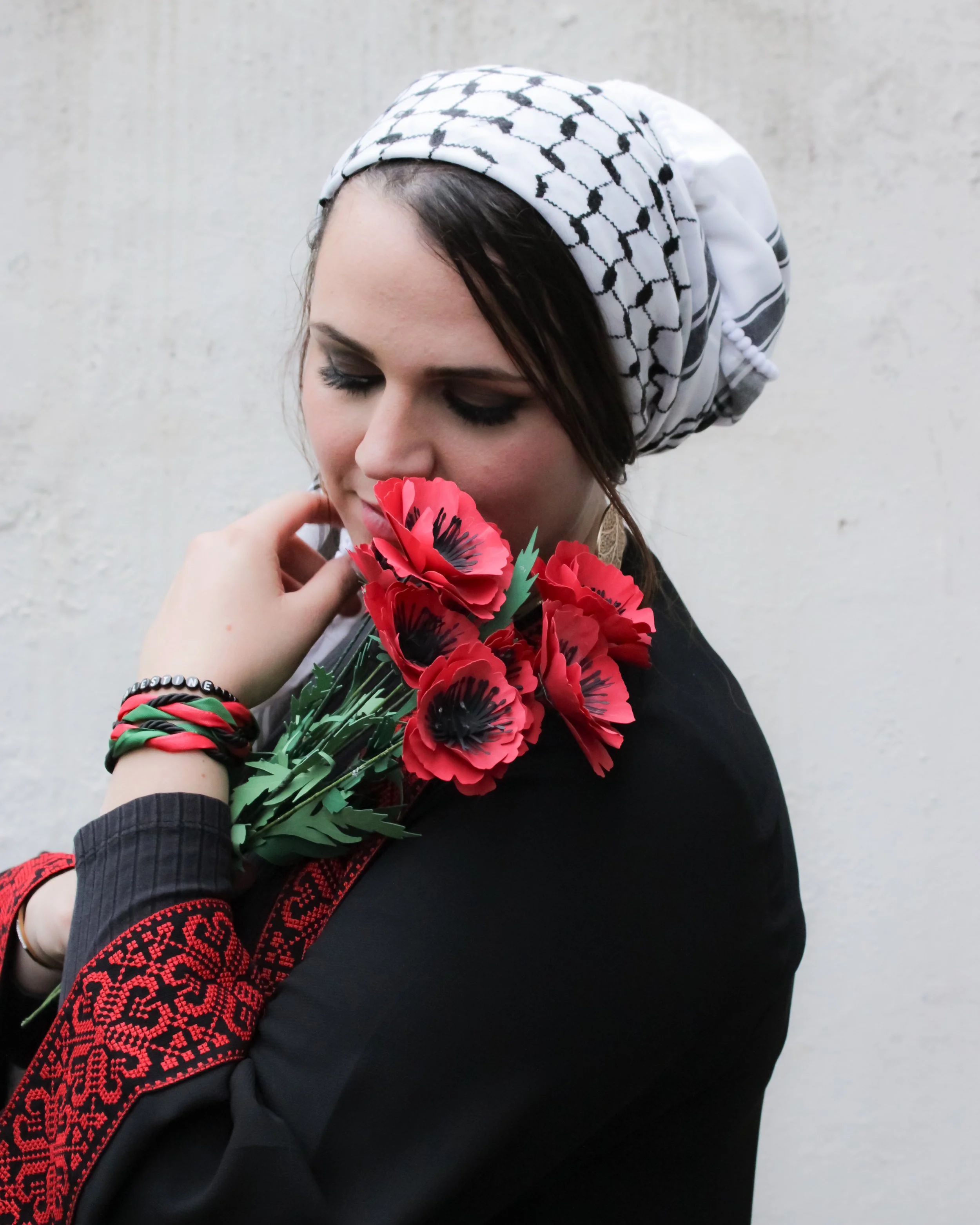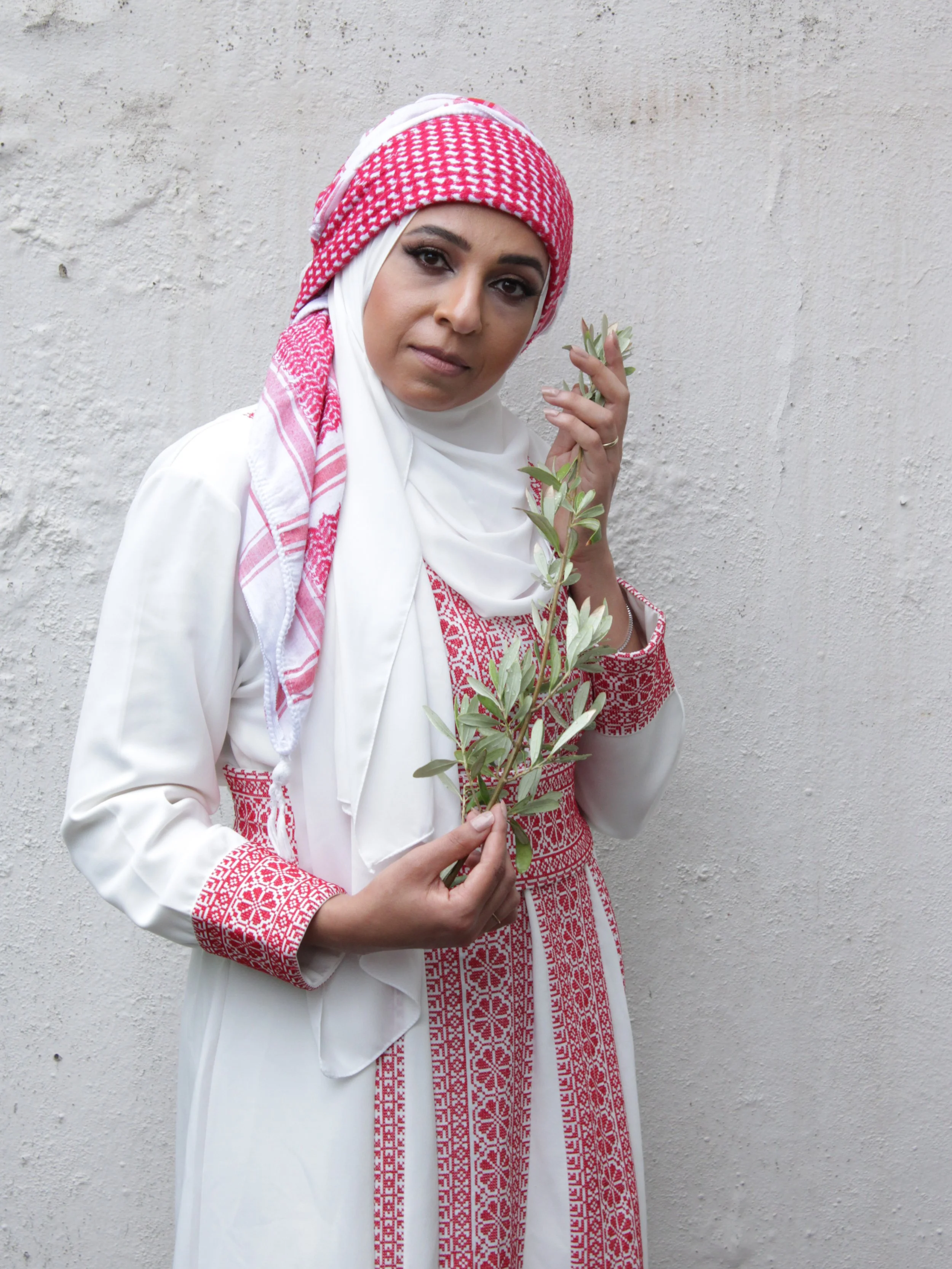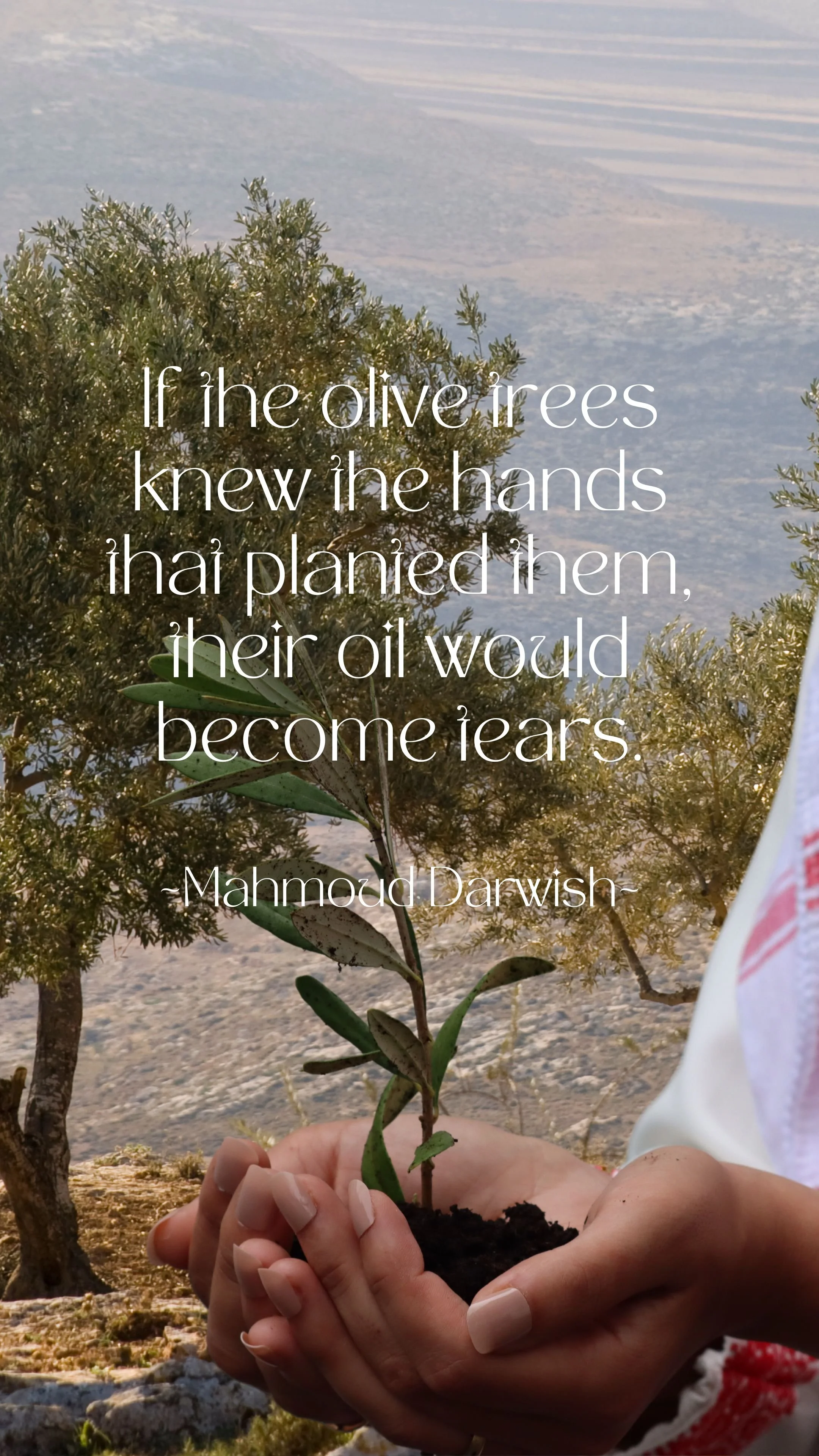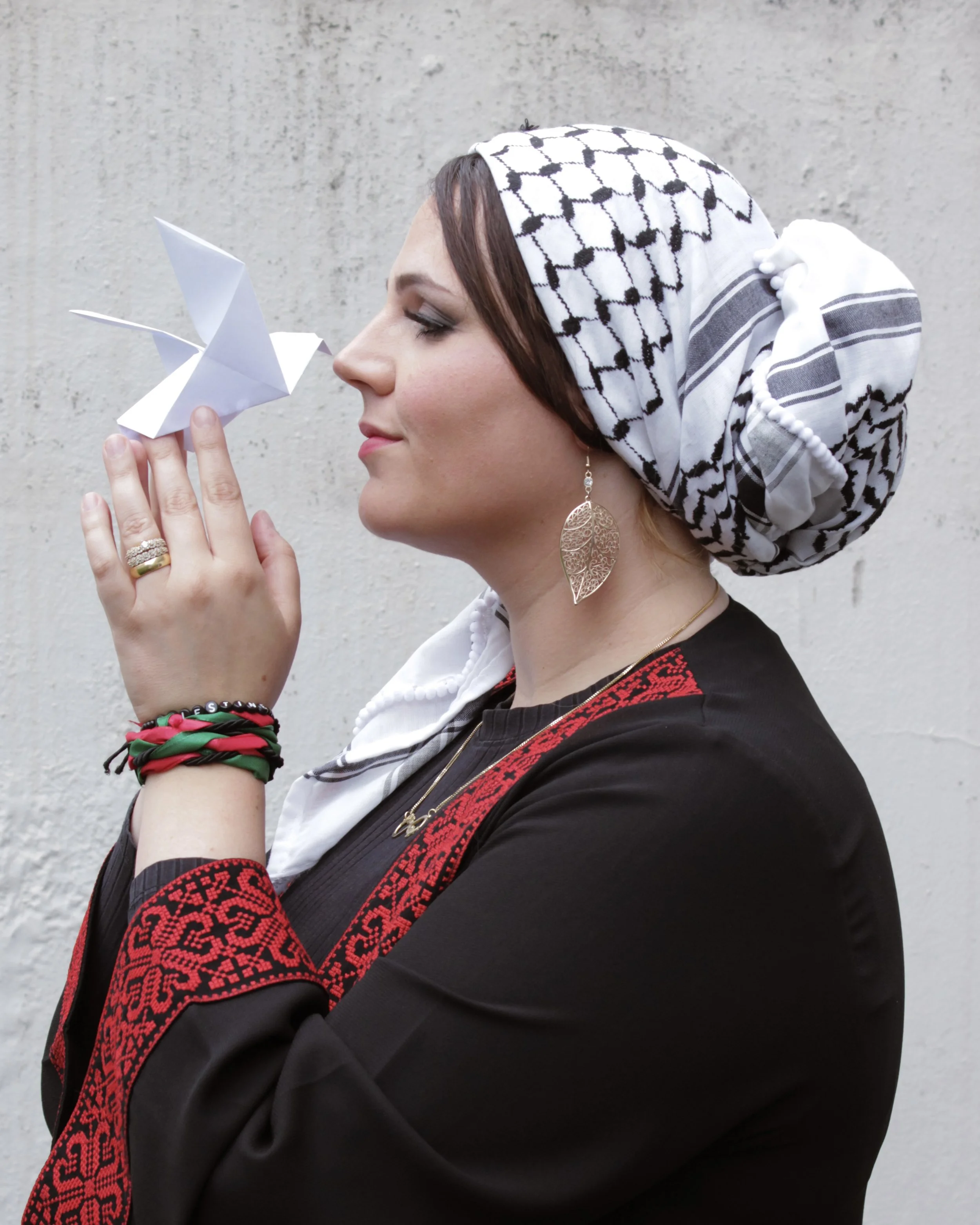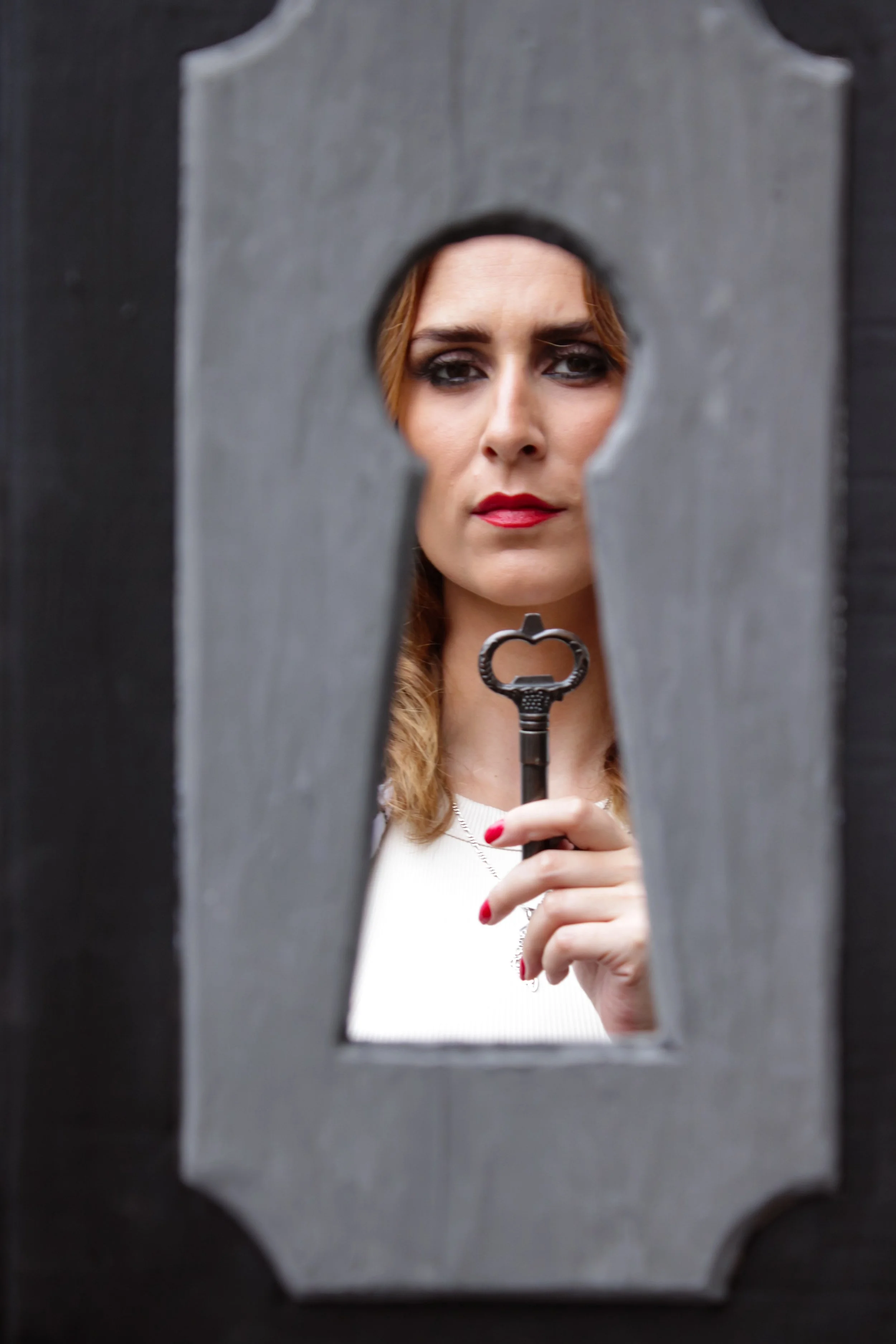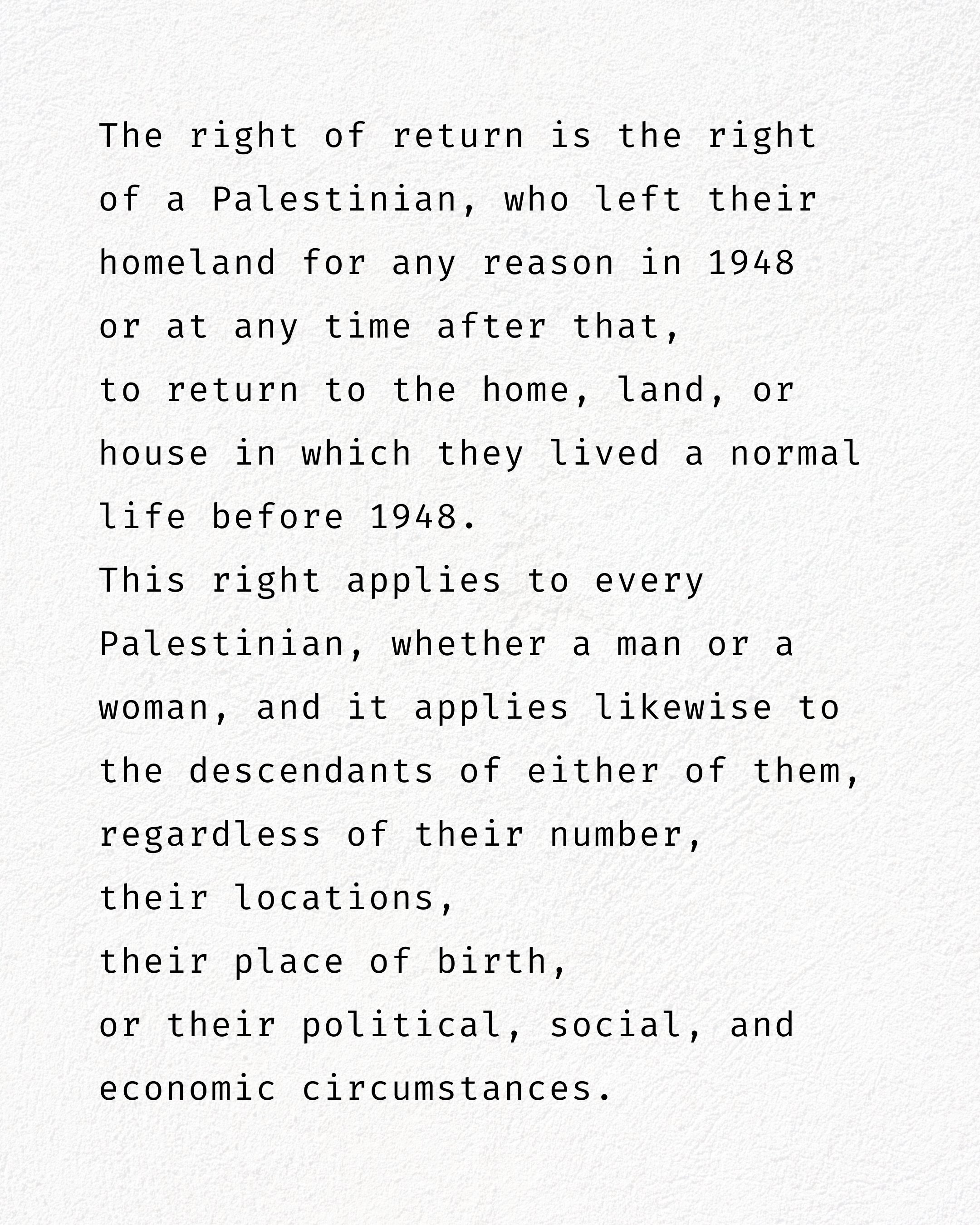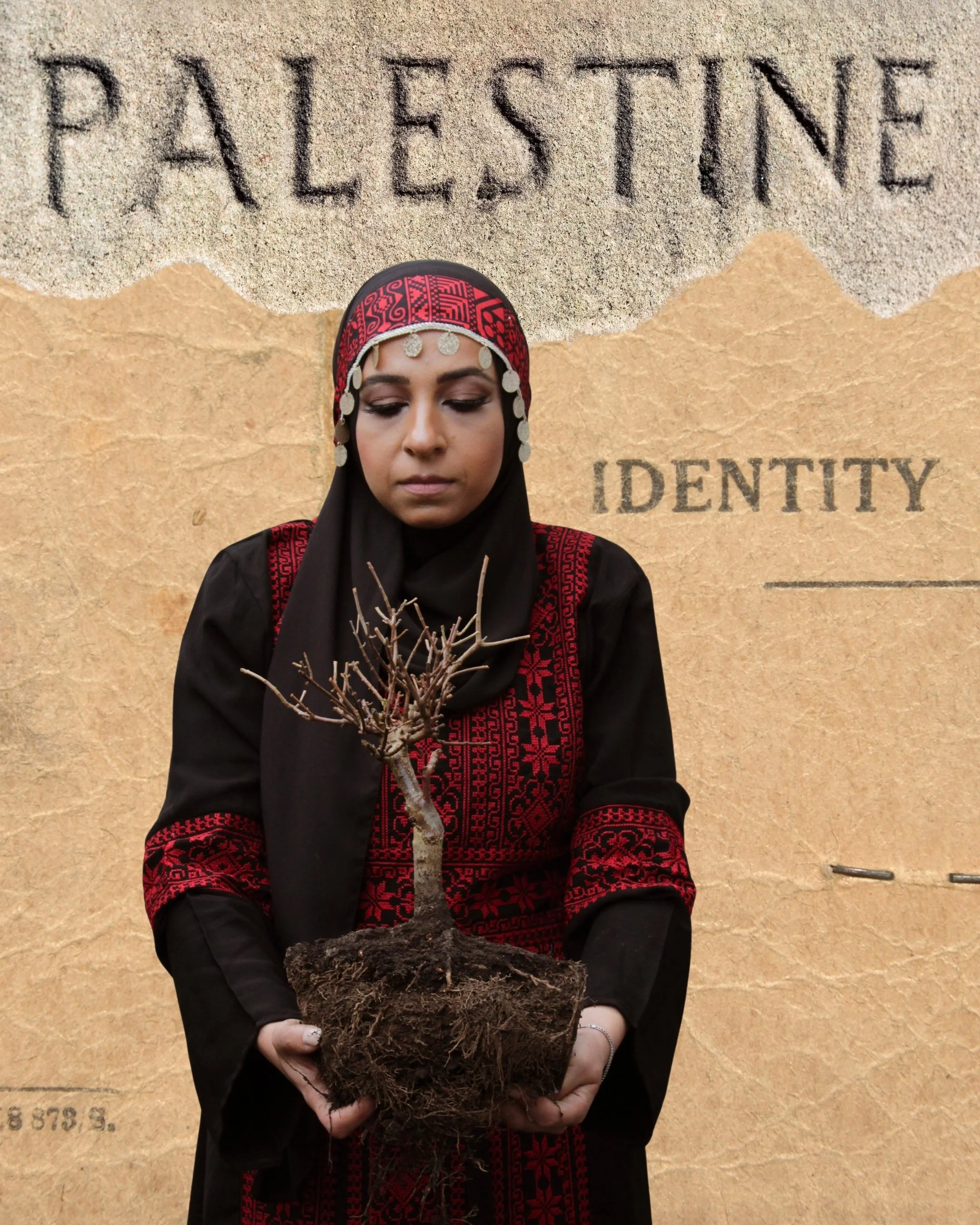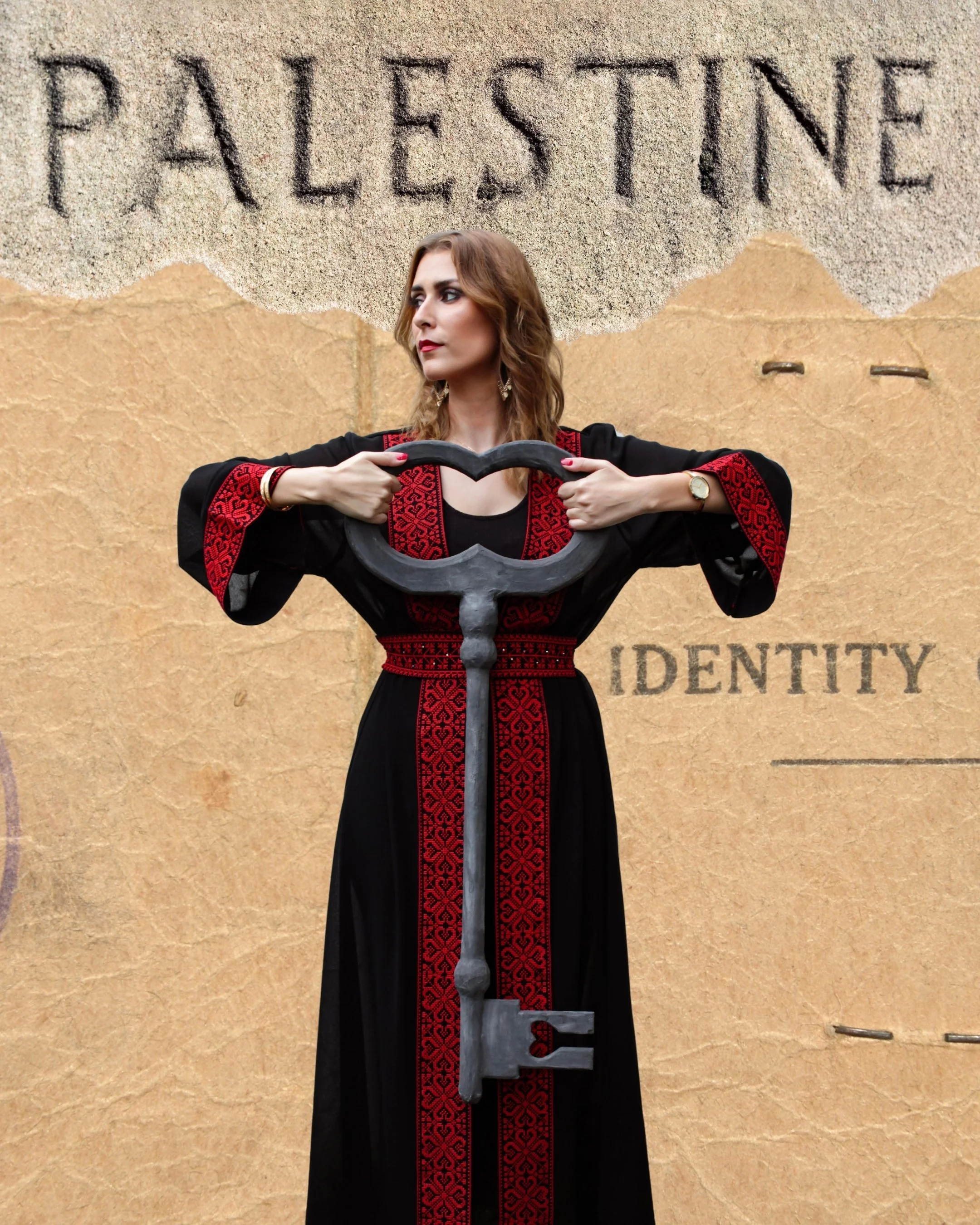Sisters of Palestine - Part I
Sisters of Palestine - Part I - portraits
The idea for this art/photography project was sparked in late May 2023 when I was at a rally. A woman held a speech that started me crying. I felt every word of what she said about the suffering of people in Gaza.
“Imagine if it was your children!”
Gaza…Palestine, the ongoing conflict is not a new topic to me.
I wanted to learn more than I knew. What makes these people so resilient, so proud, so passionate?
I started researching.
About the history, the culture, the symbolics that make the Palestine identity what it is today.
So sad and so beautiful at the same time.
The Palestine history is filled with displacement and suppression since 1948.
Their culture is rich in food, art and music, which they share with great pride.
The symbolics are important forms for the expression of their identity.
I wanted to portrait women who stand up for Palestine, so I asked the woman who gave the speech if I could portrait her. Two other women who are also involved in the movement were interested as well.
I met up with Sophia, Dunja and Dalal in July to present my ideas for the project.
All 3 have roots in Palestine. They tell me about their heritage, their experiences: growing up in Germany, how the October 2023 changed their life and that of their families and friends.
For the photo-shooting, I decided to give each of them one of the Palestine symbolics that I thought also reflected their personality.
If Palestine was a flower, it would be the poppyseed.
The poppy flower is the national flower of Palestine. Stem, blossom and petals, every portion of the plant is said to represent the colors of the Palestinian flag: red, black, white and green.
Like in the countries of the commonwealth, where the poppy serves as a reminder of the fallen in WW1, it stands for resistance and cultural heritage in Palestine.
If Palestine was a tree, it would be the olivetree
Some of the oldest olive trees stand in Palestine. Historically, the olive tree is a symbol for peace, wealth and wisdom. It is an important income source in the Palestine territories and is a symbol for the Palestine identity.
If Palestine was an animal, it would be the dove
The symbol of the white dove has been used in different kinds of arts until it became a universal symbol for peace. The Palestinian artists who suffered and are still suffering from the occupation, torture and arrest, use this symbol to convey the meanings of peace, freedom and future.
If Palestine was an item, it would be a key
1947-1949 Palestinians faced a genocide called The Nakba (“catastrophy” in Arabic). 80% of the Palestinian population were dispossessed and ethnically cleansed. Survivors of The Nakba carried one reminder of hope. A key to their homes with the wish to one day return.
If Palestine was a piece of clothing, it would be the KEFFIYEH
For many Palestinians, it symbolizes their yearning for freedom and serves as an ode to their history. For some non-Palestinians, wearing the keffiyeh is a sign of solidarity.
The woven patterns on the cloth have meaning:
The olive leave pattern represents strength, resilience and perseverance.
The fishnet pattern represents the connection between the Palestinian sailor and the Mediterranean Sea.
The bold lines represent the trade routes going through Palestine. A long and rich history of merchants, travel and cultural exchange.
If Palestine was a trait, it would be resiliencE
Palestinians take great pride in their traditions and vibrant culture. Due to expulsion many of them are scattered across the globe. Still they share a distinctive importance for family, warm Palestinian hospitality, and a profound connection with the land, even if they have never been able to visit it.
These images were taken in August 2024. Reflecting back, this photo session was the start of wonderful friendships.
…and the project isn’t concluded.
A friend Photographer took some behind the scenes pictures, and also took the time to portrait me a few weeks later.
Some of the photographs have turned into pieces of art.
I have met more women that are unstoppable in their determination to speak up and out for justice and peace for the people of Palestine.
And whilst the “free Palestine” movement is often misrepresented in the media, leading to harmful stereotyping of Arabs in western society, I seek to illuminate the warmth and richness of the Palestine culture with my series.
I’m not a Palestinian, but my heart is with the people of Palestine.
